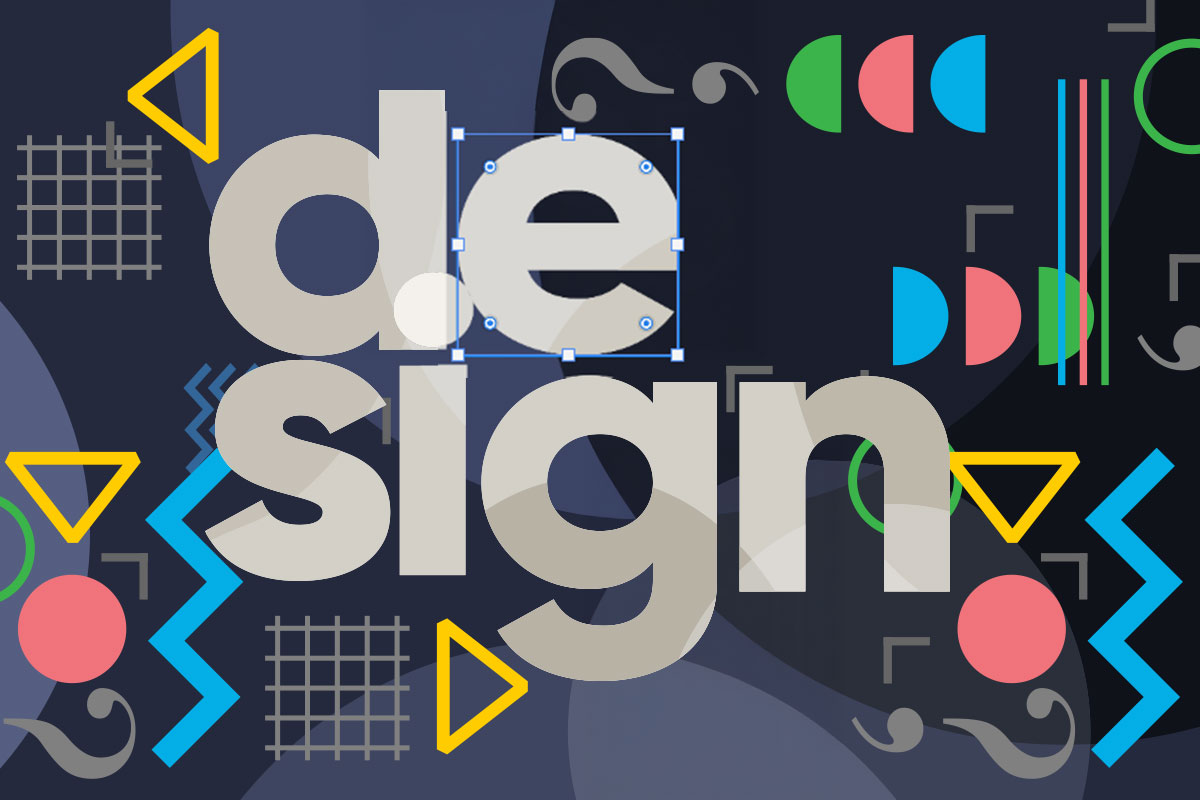TEFAF Global Art Market Report

An uncaptioned illustration from the TEFAF global art market report,
photo by Loraine Bodewes
HOW BIG IS THE GLOBAL ART MARKET?
by Rachel Corbett
How big is the global art market? A new report from The European Fine Art Foundation (TEFAF), released in conjunction with the current TEFAF Maastricht art fair, Mar. 16-25, 2012, sets the total size of the global art market at €46.1 billion, or about $60.8 billion (€1 = $1.32) for 2011. According to economist Clare McAndrew, who conducted the study, the €46.1 billion figure includes both public auction data, which was supplied by our very own Artnet database, and an estimate of art gallery and private art dealer sales, which is based on polls of over 6,500 dealers around the world as well as interviews with a somewhat smaller number.
|
|
By way of comparison, the art market total is just about one-twelfth of the U.S. military budget for 2011, which was $739.3 billion, according to the Institute for Strategic Studies.
In McAndrew’s estimation, the $60.8 billion is about equally split between auctions and commercial gallery sales. Take the auction half first — the global art-auction total for 2011 was €23.1 billion ($30.5 billion). Total auction sales at both Sotheby’s and arch-rival Christie’s are put at $5.7 billion each for 2011, which adds up to $11.4 billion, or about 35 percent of the global auction art trade.
China’s share of the auction business in 2011 was €9.8 billion, or almost $13 billion — 42 percent of the $30.5 billion auction total. The top two auction firms in China are Poly International, whose 2011 sales totaled €1.4 billion ($1.85 billion), and China Guardian, at €1.3 billion ($1.7 billion). A substantial proportion of the China-based activity is due to the global reach of Sotheby’s and Christie’s, which reported $1.14 billion and $924 million, respectively, from their China operations.
These numbers don’t add up — the four top firms only account for about $5.2 billion of a $13 billion total — but McAndrew explained in an email that the rest of the $7.8 billion comes from the more than 350 smaller auction houses in China (which include Beijing Hanhai, Beijing Council, Xinlingyinshe and Sungari — remember those names!). The China auction numbers were compiled with additional data from the Art Market Monitor of Artron, McAndrew said.
The TEFAF report makes much of China and its continuing importance as an art-market sector, headlining its press release with the news that art sales in China overtook those in the U.S. for the first time, with a share of 30 percent to 29 percent. But according to the report, both the U.S. and China have lower sales than the E.U., which, as an aggregate, totaled 34 percent of the market (the E.U. sector includes the U.K., which accounted for 65 percent of the E.U. total in 2011).
But totals are one thing, growth quite another. Needless to say, art-market growth in the U.S. and the E.U. is inconsequential compared to that in China, whose auction boom is a monster, with totals soaring by 177 percent in 2010 and 65 percent in 2011. China’s Ministry of Commerce, the report says, is aiming for a target of 18 percent annual growth from 2011 to 2015.
The TEFAF report — which is actually titled “The International Art Market in 2011, Observations on the Art Trade over 25 Years” — has additional chapters, which relate the history of the art market since 1975. It discusses the effects of regulations, examines the art business in import-export terms and talks about art as an investment, among other things.
But in the meantime, while the statistics may be a little blue sky — the figures for the art gallery and dealer side of the market are projections, after all — everybody loves a good, certain, down-to-earth number. Herewith, a selection:
* The number of art-market transactions in 2011 was 36.8 million, which gives an average value per transaction of $1,630.
* In 2007, the volume of transactions was much higher — nearly 50 million works were sold on the global art market — while the total was about the same, for a lower average price of about $1,200 per item.
* Contemporary and modern art — here defined as art made since 1875 — is the largest part of the global art trade, at nearly 70 percent.
* The art trade is global, but the New York and London “hubs” account for more than 60 percent of art imports and exports.
* U.S. imports of art and antiques hit $6.2 billion in 2010, while U.S. exports of art and antiques totaled $17.5 billion in 2010.
* Global employment in the art trade amounts to 2.4 million people, with 2 million direct jobs and 400,000 additional jobs in “ancillary sectors.”
* More than 403,000 dealer, gallery and auction house businesses were in the worldwide art market in 2011. In the U.S., almost 347,000 employees were working at nearly 71,300 art and antiques businesses. In China, 42,365 businesses provided more than 231,300 jobs.
* The global art market includes 380,000 art galleries and art dealers, with the top five percent accounting for as much as 70 percent of the gross sales. Two percent of dealers — ca. 1,900 — have sales of greater than €50 million per annum.
* The average number of works sold in 2011 by art dealers is 290 items.
* Dealers report that 31 percent of their sales take place at art fairs, while 43 percent take place through galleries. Online sales account for 10 percent.
* The average art-business size is five people.
* The average salary of an art dealer in the U.S. is $31,000. In China, 75 percent of art dealers make less than $66,000, but most of those make under $13, 200.





